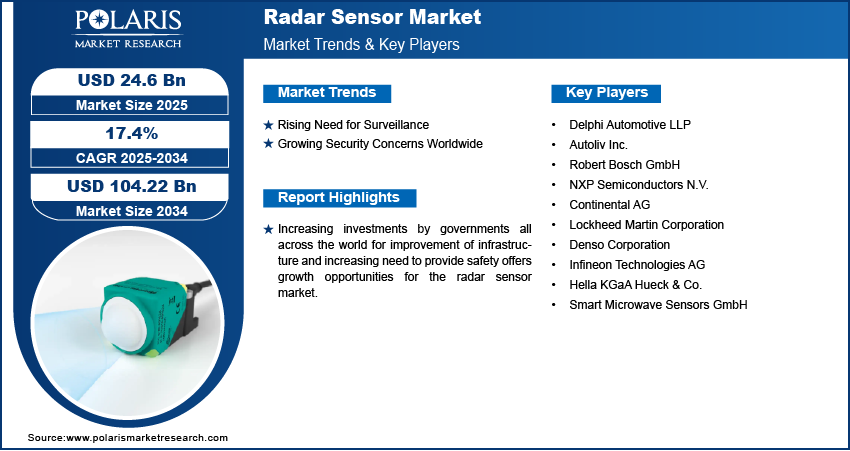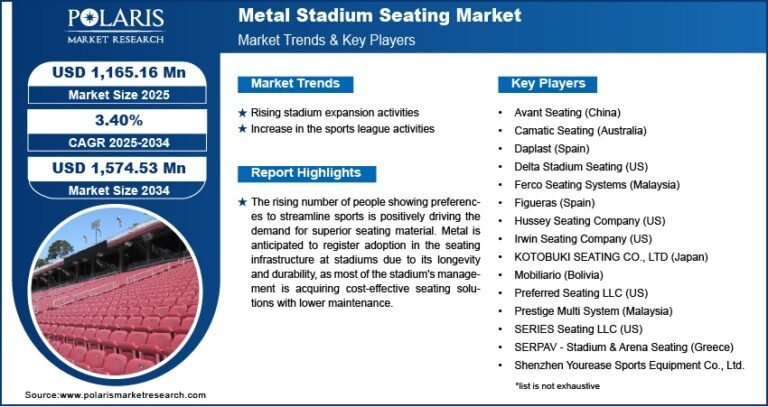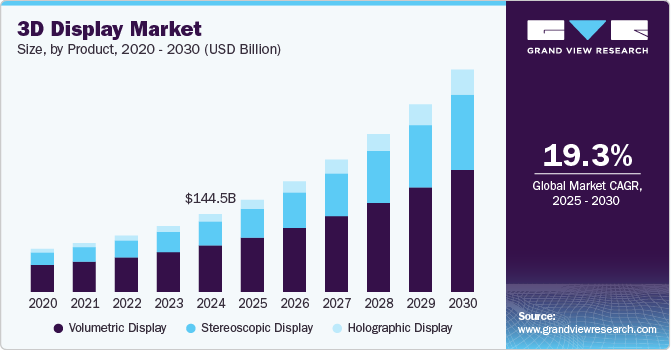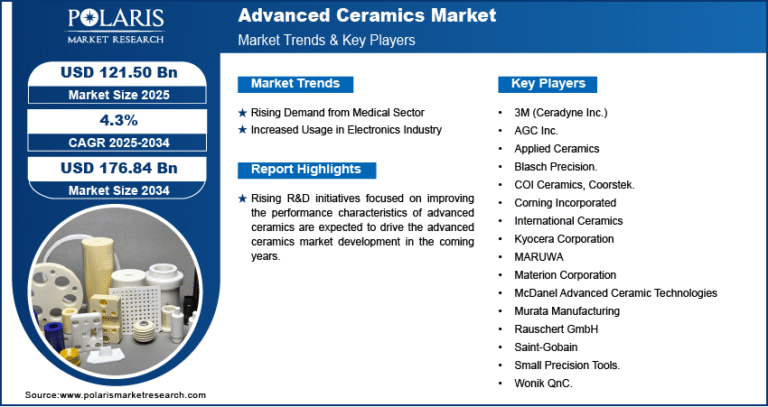Radar Sensor Market Expected to Hit USD 104.22 Billion by 2034 | CAGR of 17.4% Forecasted

The global radar sensor market was valued at USD 21.59 billion in 2024. It is projected to expand from USD 24.6 billion in 2025 to reach USD 104.22 billion by 2034, growing at a compound annual growth rate (CAGR) of 17.4% during the forecast period. This substantial growth is primarily driven by the rising demand for radar sensors in the automotive industry.
Radar Sensor Market Key Trends & Insights:
- Multi-functionality & integration – Modern radar sensors are being integrated with cameras, LiDAR, and ultrasonic systems to deliver comprehensive situational awareness in applications like automotive ADAS, drones, and robotics.
- Miniaturization & cost reduction – Advances in semiconductor design and packaging are enabling smaller, more affordable radar modules suitable for consumer applications and IoT deployment.
- Shift to higher frequency bands – Adoption of higher-frequency mmWave (e.g., 76–81 GHz) and even sub‑THz bands is accelerating, offering better resolution and target detection capabilities.
- AI and signal processing enhancements – Incorporating AI/ML algorithms improves clutter rejection, object classification, and range accuracy, enabling smarter and more reliable sensors.
- Expansion beyond automotive – While automotive remains a core driver, radar is increasingly used in industrial automation, smart cities (e.g., traffic monitoring), drones, and healthcare for occupancy sensing.
Market Size & Forecast:
- Market size value in 2025 – USD 24.60 billion
- Revenue forecast in 2034 – USD 104.22 billion
- CAGR – 17.4% from 2025 – 2034
𝐆𝐞𝐭 𝐄𝐱𝐜𝐥𝐮𝐬𝐢𝐯𝐞 𝐒𝐚𝐦𝐩𝐥𝐞 𝐏𝐚𝐠𝐞𝐬 𝐨𝐟 𝐓𝐡𝐢𝐬 𝐑𝐞𝐩𝐨𝐫𝐭:
https://www.polarismarketresearch.com/industry-analysis/radar-sensor-market/request-for-sample
Radar Sensor Market Overview:
The radar sensor market is witnessing robust growth, driven primarily by the automotive sector’s increasing adoption of advanced driver assistance systems (ADAS) and autonomous driving technologies. Radar sensors are integral to features such as collision avoidance, adaptive cruise control, lane change assistance, and parking support. Their ability to operate reliably in poor visibility conditions like fog, rain, or darkness makes them essential for vehicle safety. Advances in radar technology, including high-resolution 4D imaging, FMCW (Frequency-Modulated Continuous Wave) radars, and compact radar-on-chip solutions, have improved detection accuracy while reducing size and cost, accelerating adoption across vehicle segments.
Beyond automotive applications, radar sensors are gaining momentum in industrial automation, aerospace and defense, smart infrastructure, and environmental monitoring. In smart cities, they are used for traffic management, speed detection, and pedestrian monitoring, while in drones and defense systems, they support surveillance, obstacle avoidance, and weather tracking. The Asia-Pacific region leads in adoption due to rapid industrial growth, increasing vehicle production, and supportive safety regulations. Meanwhile, North America and Europe are seeing demand driven by defense spending and infrastructure development. Despite competition from LiDAR and camera-based systems, radar sensors continue to evolve through innovations in sensor fusion, resolution, and processing power.






